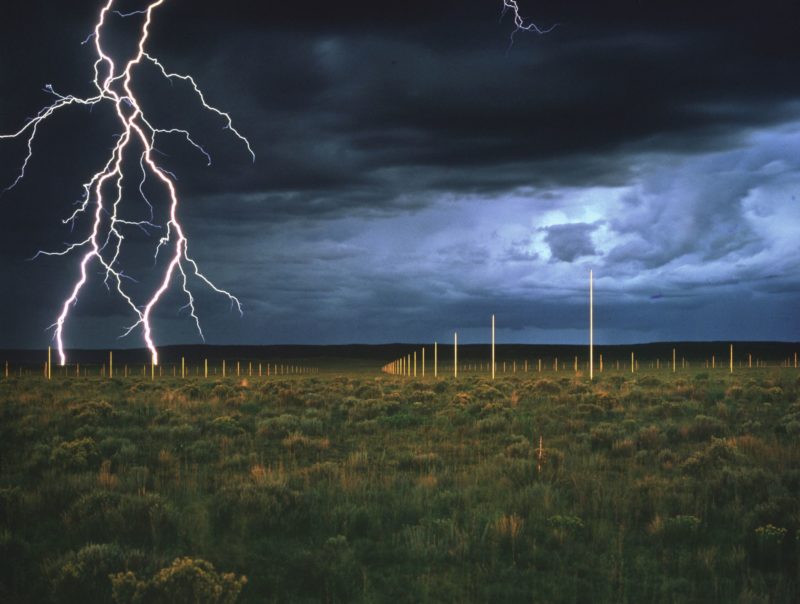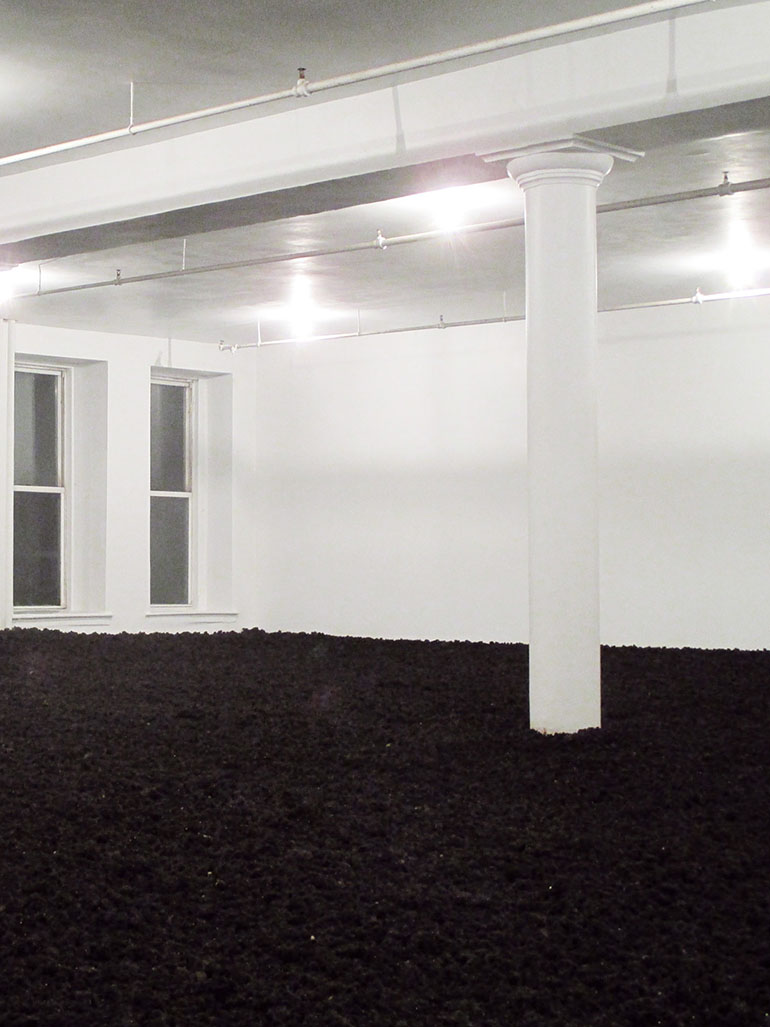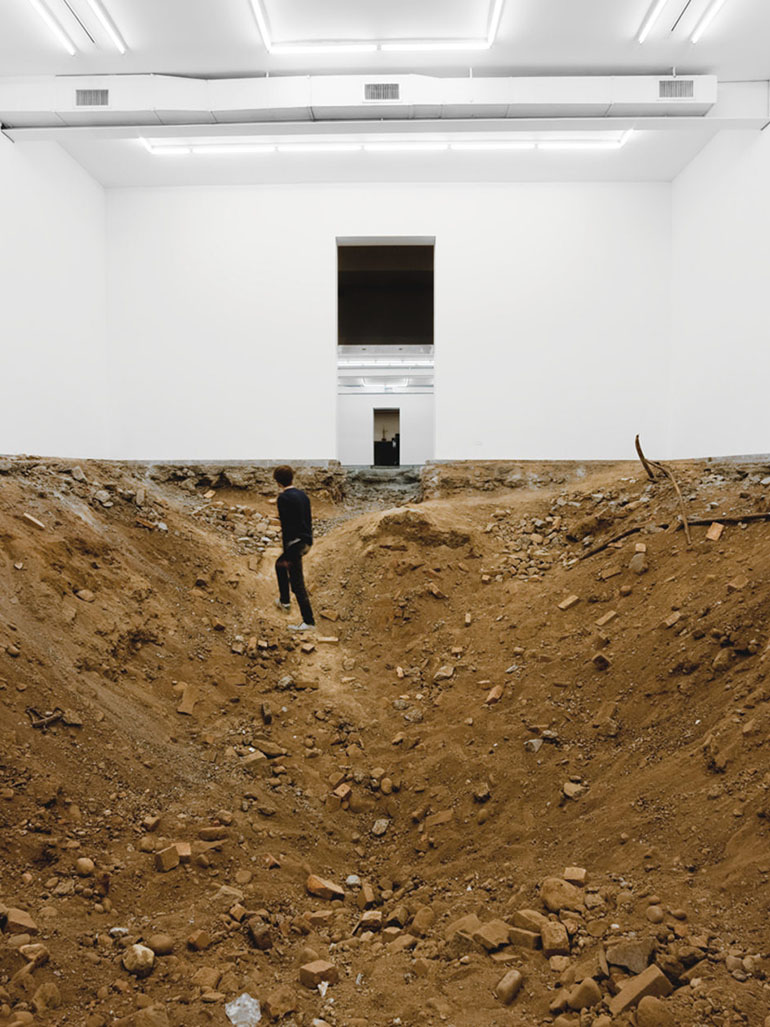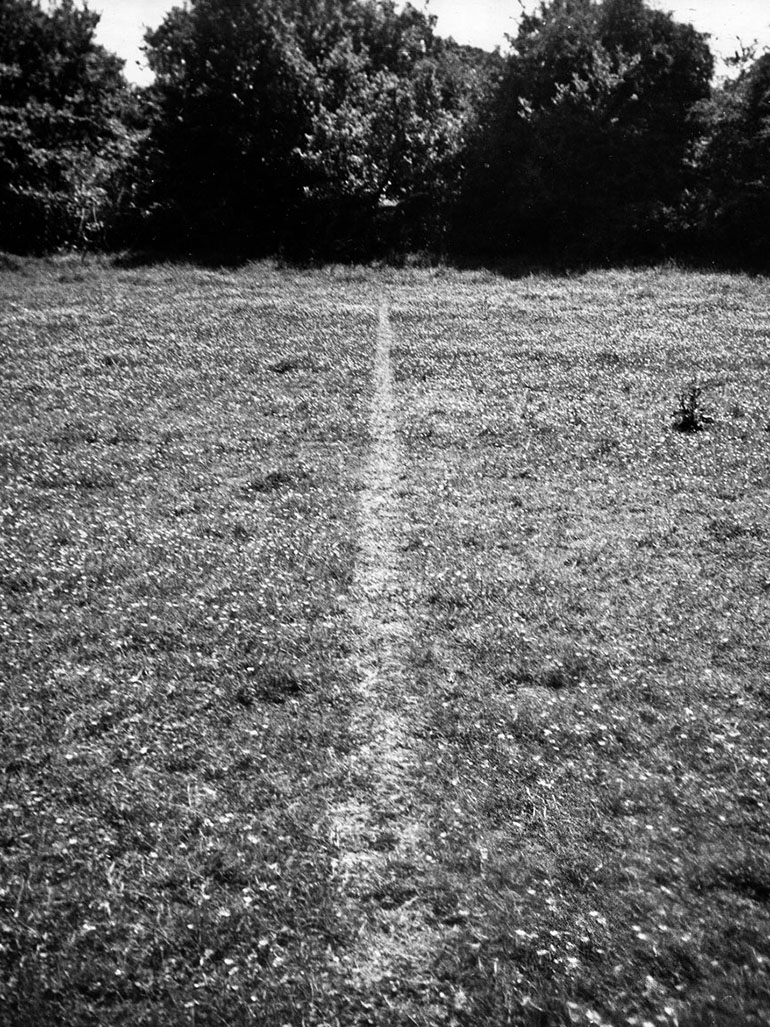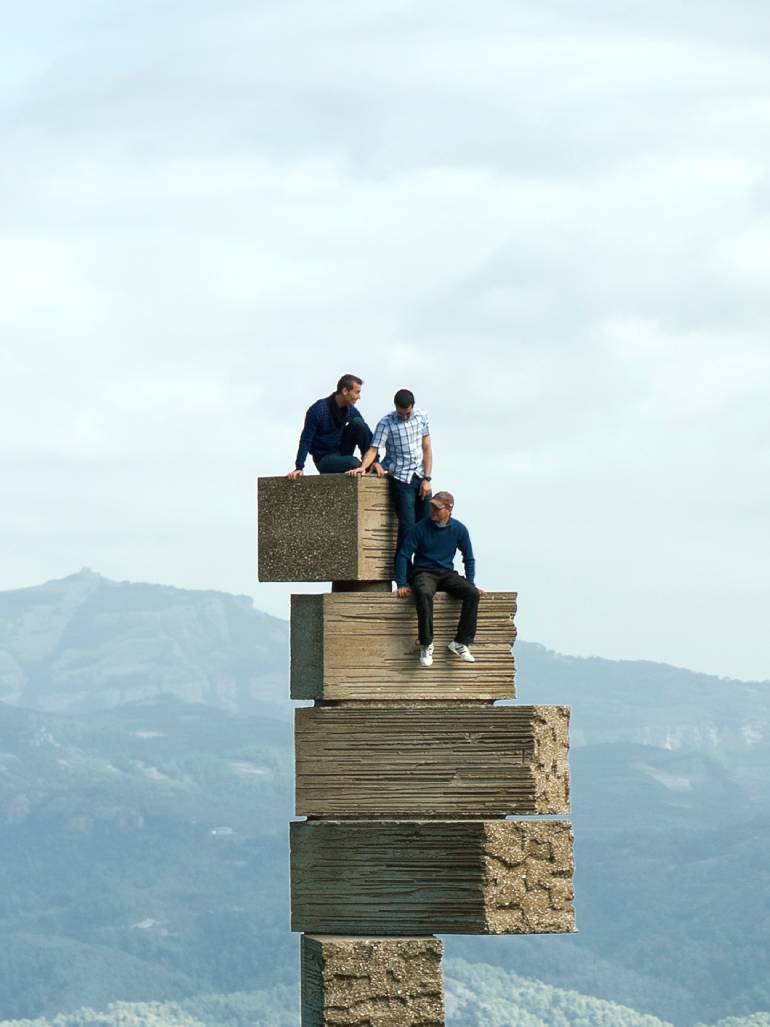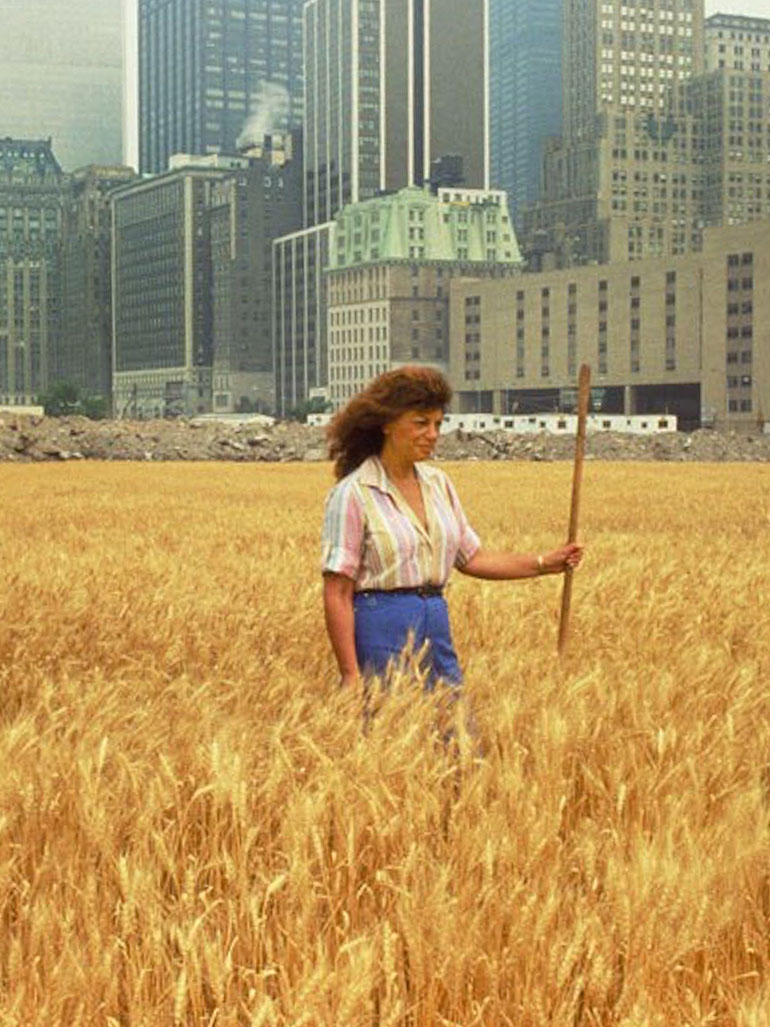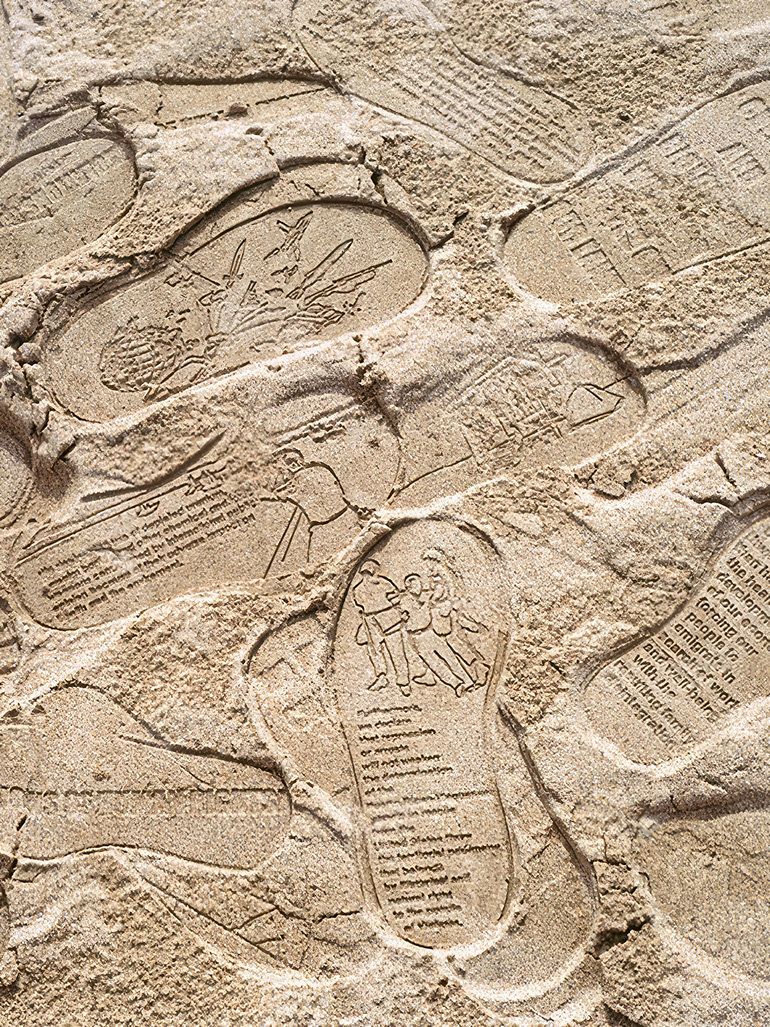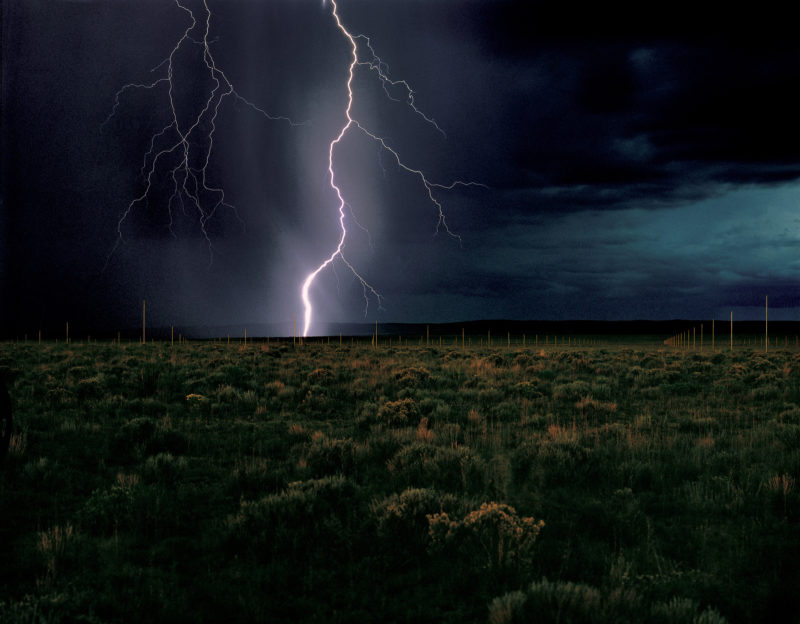
By appointment only
Visits to "The Lightning Field" are by appointment only and must be arranged through the Dia Art Foundation.
Advance booking is essential due to limited availability.
Before you go
Overnight stay: Guests are required to stay overnight at a cabin near the site to fully experience the artwork, as day trips are not permitted.
Facilities: The cabin is modest and includes basic amenities. Meals are provided, but dietary restrictions should be communicated in advance.
Transportation: Visitors are transported to 'The Lightning Field' from a meeting point in Quemado, New Mexico. The exact location of the artwork is kept confidential.
Weather considerations: Be prepared for sudden changes in weather as the location is remote and exposed.
What to bring: Comfortable clothing and shoes, as the site is remote and the terrain uneven. Bring essentials like water and personal items for an overnight stay.
Best visit time
Visits are available seasonally, generally from late spring to early fall.
The best time to visit is during summer for clear skies, although spring and fall offer cooler weather and different lighting conditions.
Introduction
The Lightning Field created by sculptor Walter De Maria 1 is today celebrated as one of the 20th century’s most noteworthy installations of land art 2. As one of the seminal artists and the founding fathers of land art, Walter De Maria completely revolutionized how audiences perceived art, especially during the 1960s, when the land art movement was at its peak.
Walter De Maria
Walter De Maria is recognized for his massive and large-scale 3 installations that explored the issues of time and space on a grand scale. Despite being one of the most notable contributors to land art, Walter De Maria was actually quite private and reserved. He was known for steadfastly refusing to take part in interviews and even attending his own gallery openings.
From utilizing lighting rods in New Mexico 4 to highlighting chalk lines in the Mojave Desert 5, Walter De Maria’s art and his use of the earth as a medium helped to greatly inspire upcoming generations of artists.
Although he worked on several notable installations over the years, such as his Earth Rooms series 67, his most noteworthy and most well-known piece was titled The Lightning Field and it was created in 1977. In addition to his massive-scale installation, De Maria was also known for creating smaller sculptures and drawings.
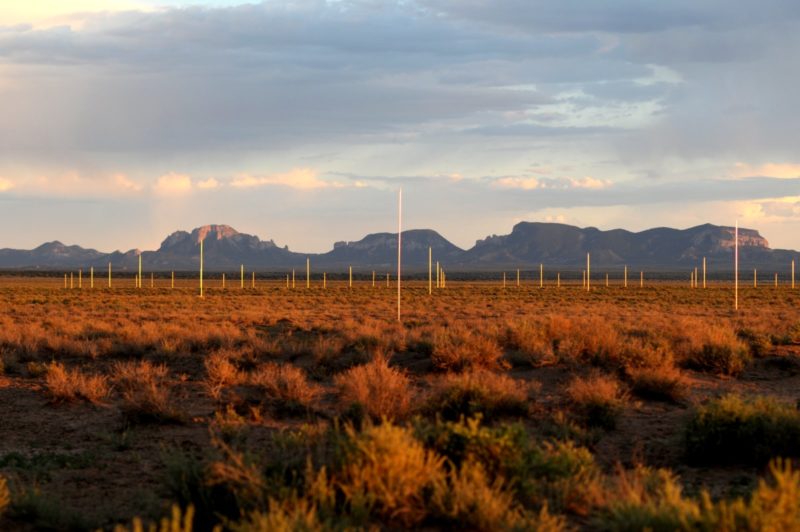
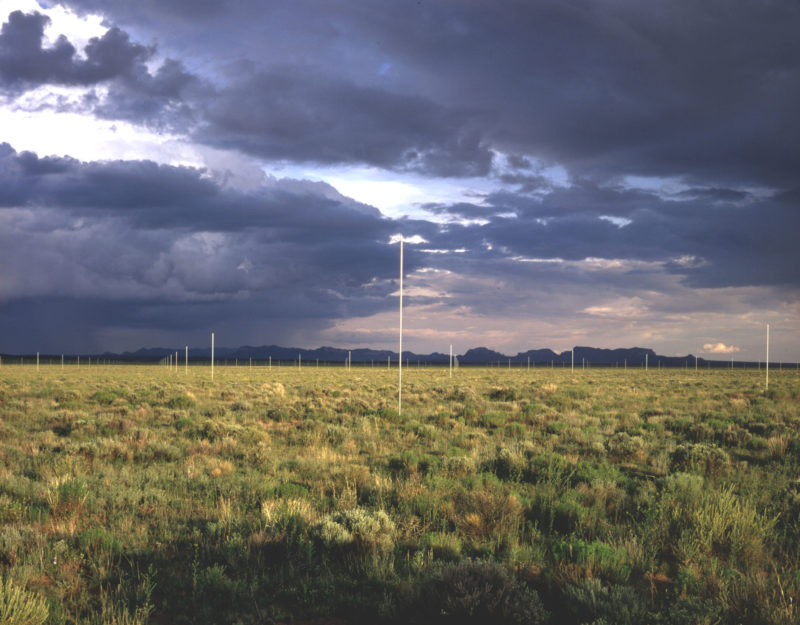
Background
Walter De Maria was known for creating enormous art installations that exceeded categorization. Influenced primarily by conceptual art, minimalism 8 and land art, he was known for designing installations that featured unassuming shapes that would then be repeated on a large scale.
De Maria’s work in three-dimensional art started when he was just a student at the University of California, Berkeley, which is where he was introduced to avant-garde events happening in the thriving San Francisco 9 region.
At the start of his career, he was known for creating sculptures that were influenced heavily by the traditions of Dada. Along with his traditional gallery sculptures, he also started experimenting with creating installations in unexpected locations.
Notable works
His first outdoor installation was created in 1968 and was titled Mile Long Drawing, in which he drew two corresponding chalk lines across the Mojave Desert.
His next piece was completed several years later in 1977 in which he filled a loft with soil 1011, therefore creating a boundary between nature 12 and civilization. In addition to his sculptural pieces, De Maria also worked on films and even composed several songs during a short stint as a band member of the Primitives in 1965.
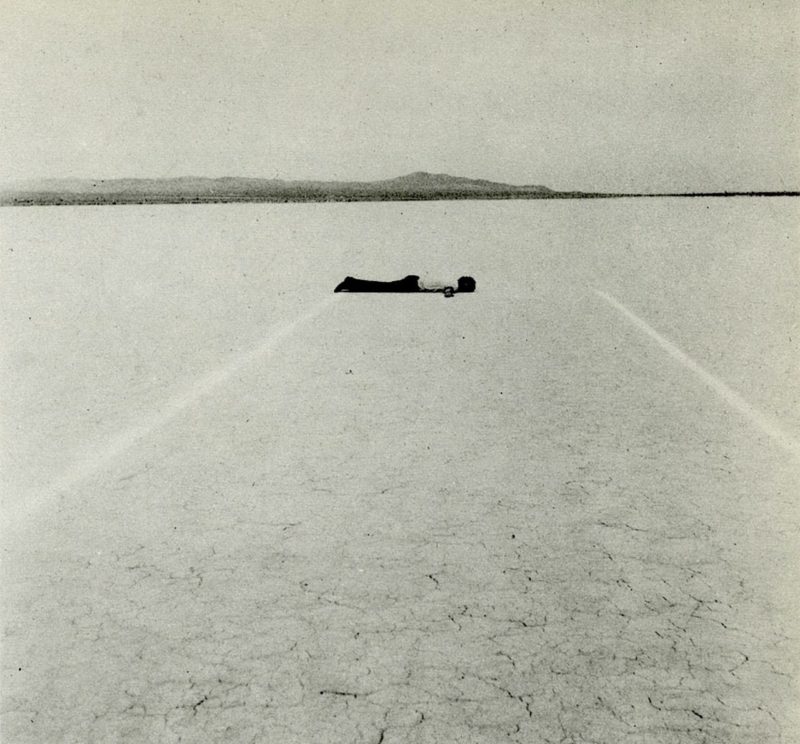
The Lightning Field, 1977
The Lightning Field was by far De Maria’s most notable land art piece. The Lightning Field was an expansive installation that consisted of about 400 stainless steel poles that had been placed in a 1 mile by 1 km grid.
The rods used were each two inches in diameter, but they extended upwards to reach different heights that were arranged from 15 to 26 feet to create a flawlessly horizontal plane with the pointed tips of the rods.
Where & how it was created
The Lightning Field was commissioned by the Dia Art Foundation 13, which is to this day responsible for maintaining the installation, which can still be found at its original location. De Maria was able to set up the Lightning Field with the help of his assistants.
Before settling on the empty plateau as the installation site, De Maria and his assistants had scoured America, traveling to various locations in Nevada, Arizona, Utah, and California. Finally, the artist and his assistant settled for the site located in the east of the continental divide.
De Maria and his assistants set up the installation in the middle of the empty plateau, placing 400 stainless steel poles in a grid measuring 1 mile by 1 kilometer. The pols were placed 220 feet apart from one another.
The shortest pole measured 15 feet, while the longest measured 26 feet by 9 inches. The artist then set the steel rods in a concrete base so that they could survive the harsh winds experienced in the region.
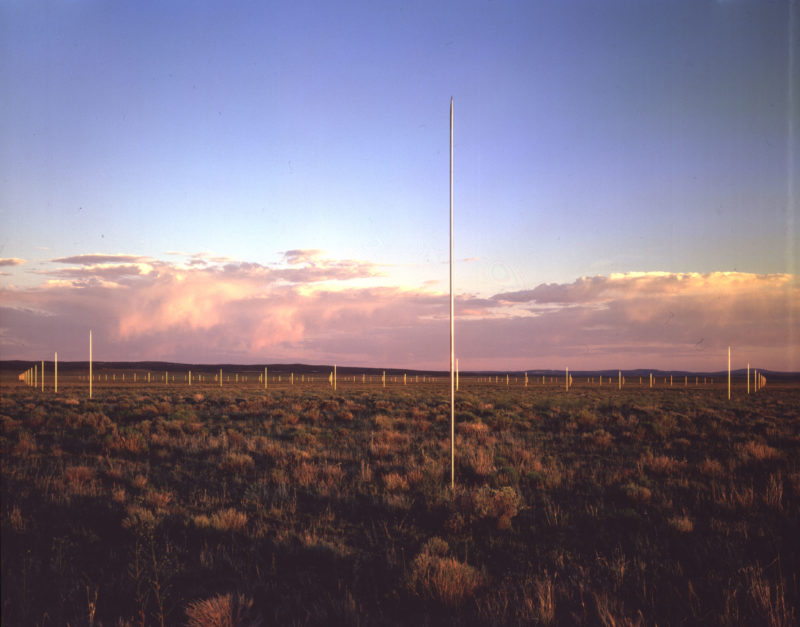
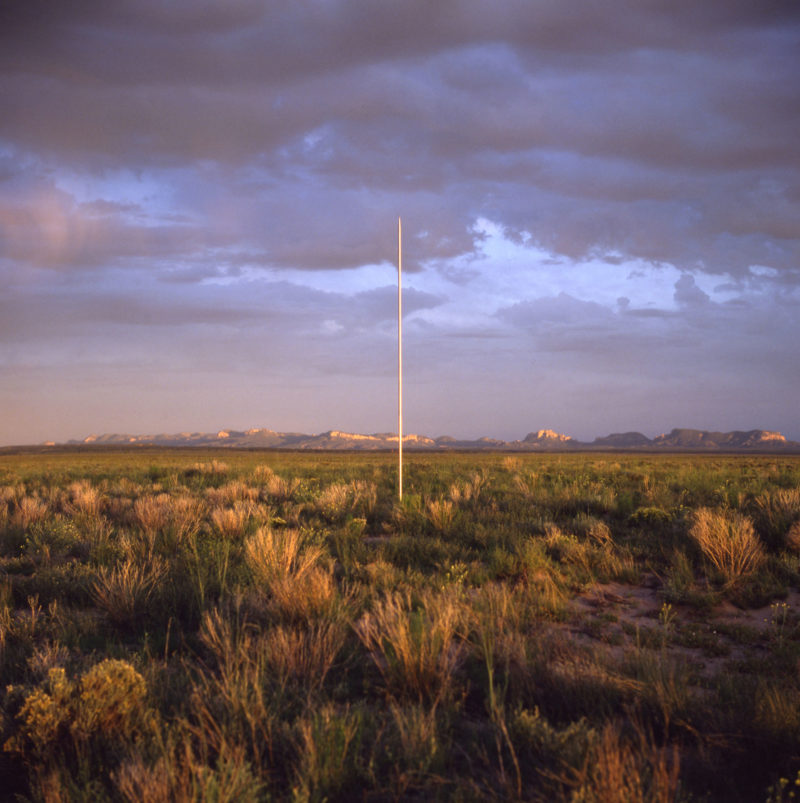
Analysis
Today, the Lightning Field remains untouched in an obscure desert close to Quemado, New Mexico. Lightning Field incorporated the natural environment and transformed it into meaningful artwork. The site was sourced specifically for its isolated distance from human development as well as its enormity.
Lightning Field was created to communicate a range of experiences from the audience. Simultaneously, it asks the visitors who arrive on the site to meditate on the changing perceptions of time and space.
The poles were placed methodically outside instead of being placed in a gallery or museum. As such, the land in which the poles were placed called attention to the importance of land in modern society.
In the installation, the significance of the land goes beyond it being used as a setting so that it can take on a more sculptural aspect, therefore calling for the awareness of the landscape and its surroundings.
